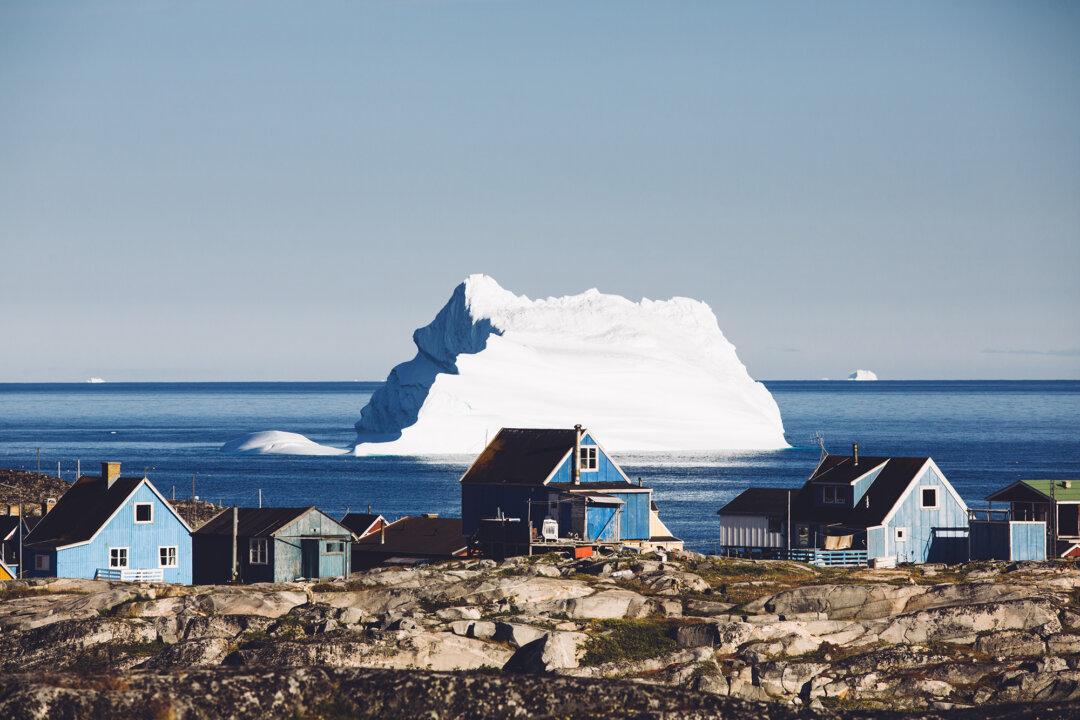I can say this honestly: It might have been the most beautiful view I’ve ever seen. But getting there was a bit of a challenge. Having plugged in the wrong coordinates for a similarly named place in my ride-sharing app, I spent quite a while going back and forth with the driver, with him speaking no English and me very little Spanish. But eventually, after much help from internet translation on our phones, he delivered me to the base of the chairlift, about 20 minutes outside of town.

Two women enjoy the view from the chairlift. Jose de Jesus Churion Del/Shutterstock





